silver
-
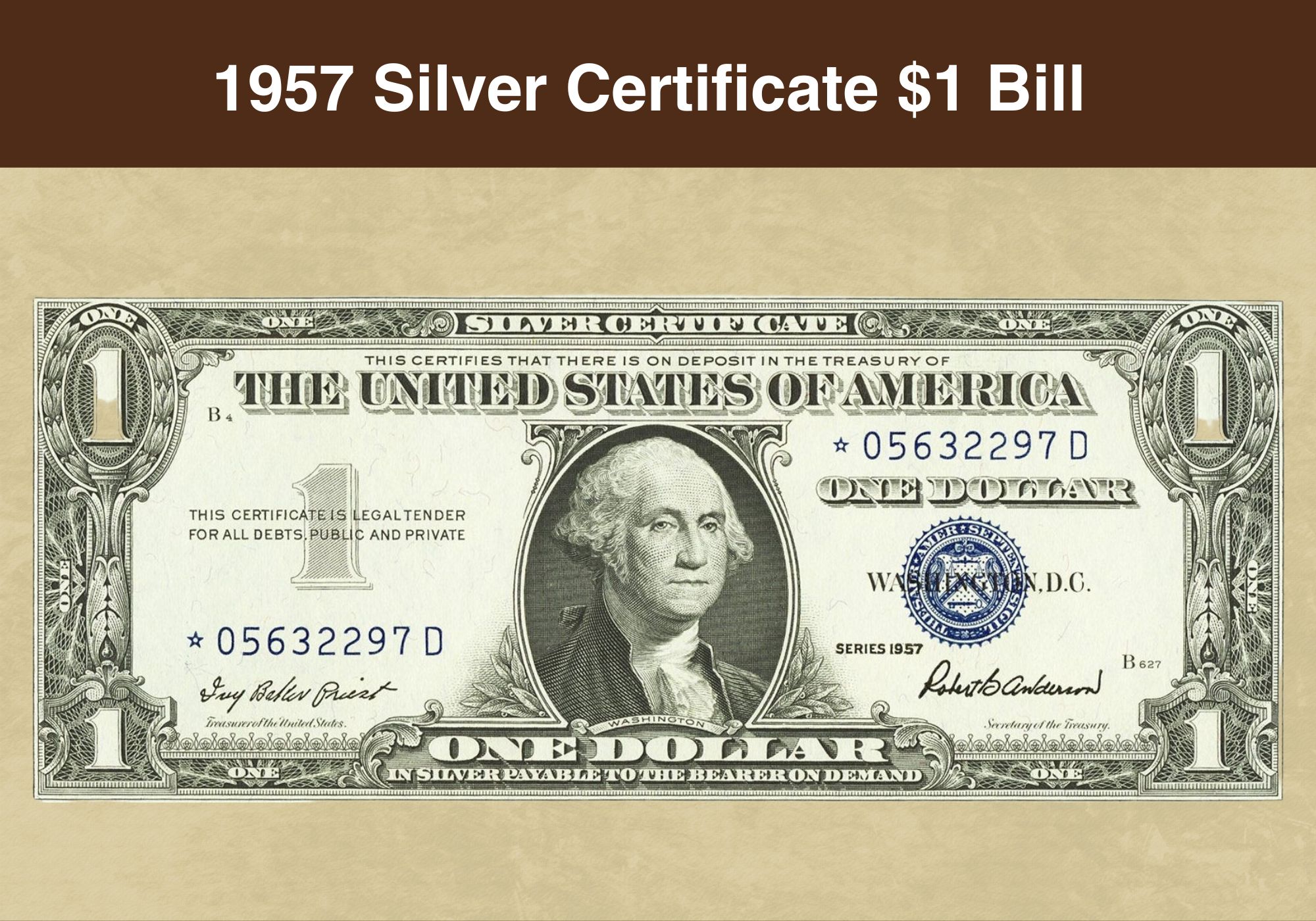
Silver Certificate Value: 1 Dollar Worth + Guide
These vintage banknotes, issued in the United States, represented a claim on a specific amount of silver held by the Treasury. Their face amount was…
-
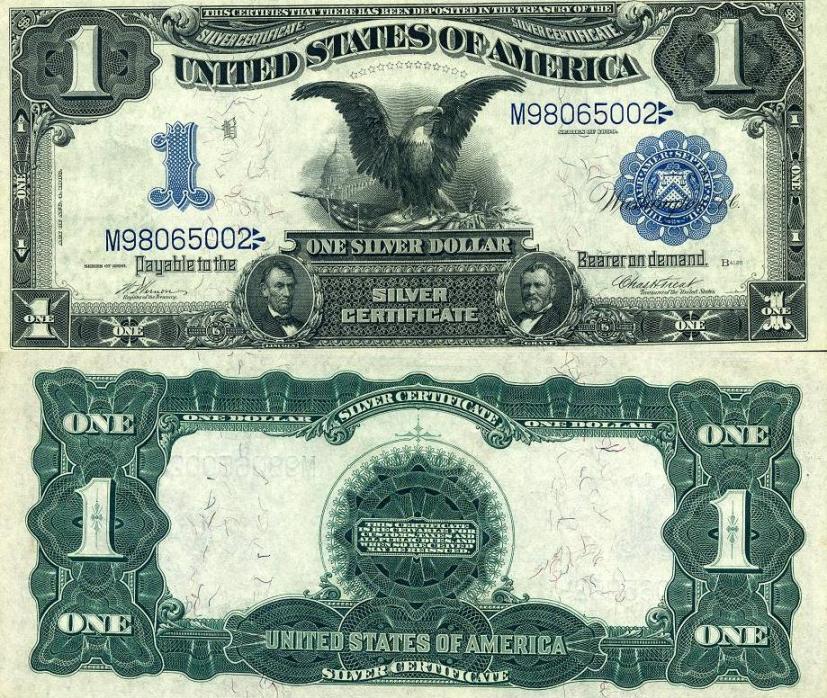
Silver Certificate Dollar Value: Prices & More!
The worth of these vintage banknotes is determined by several factors, encompassing both their intrinsic silver content (prior to 1968) and their collectibility. For example,…
-
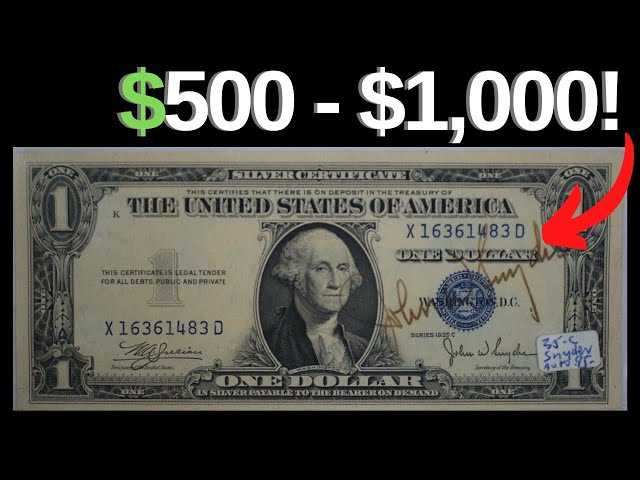
1935 Silver Certificate Value: Guide + Worth
The monetary worth assigned to currency notes issued in the United States during 1935, specifically those redeemable for silver, is subject to fluctuations based on…
-
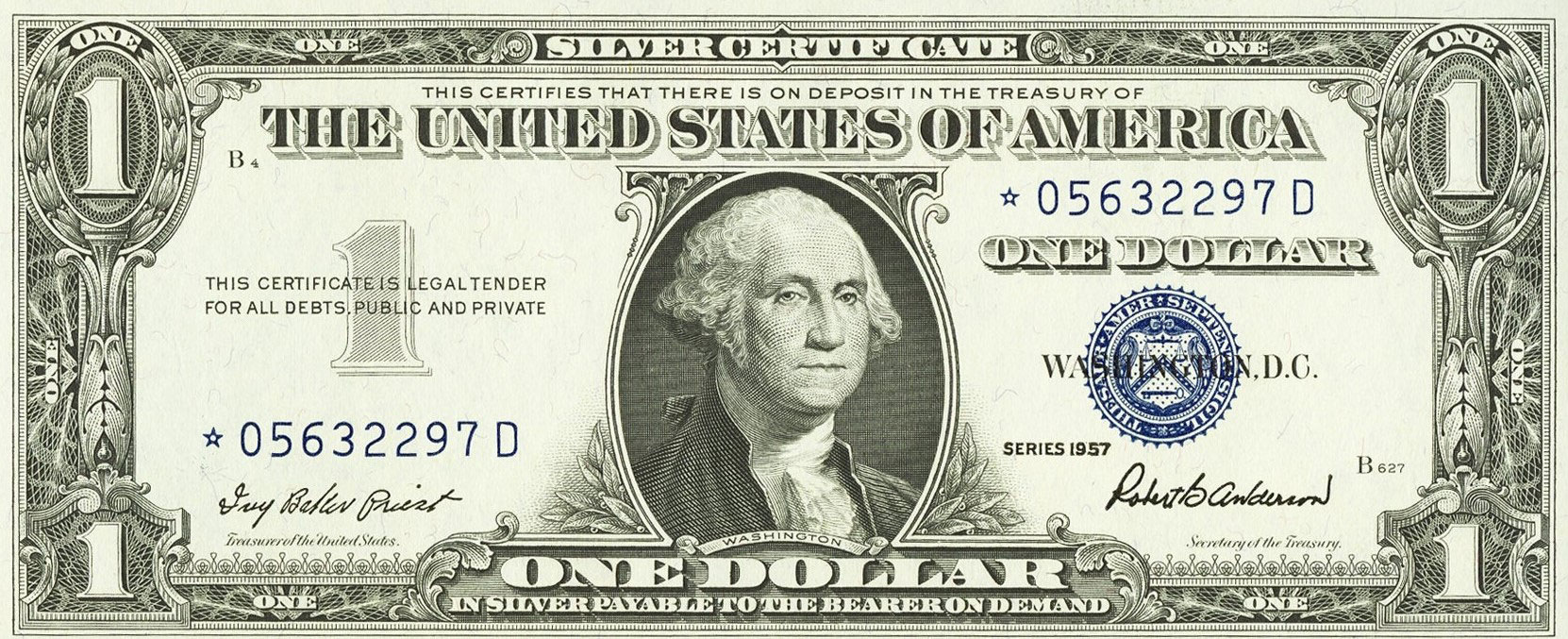
Rare $1 Silver Certificate Bill: Values & History
These paper notes, issued by the United States Treasury, represented actual silver held in reserve. The bearer could, in theory, redeem the note for an…
-
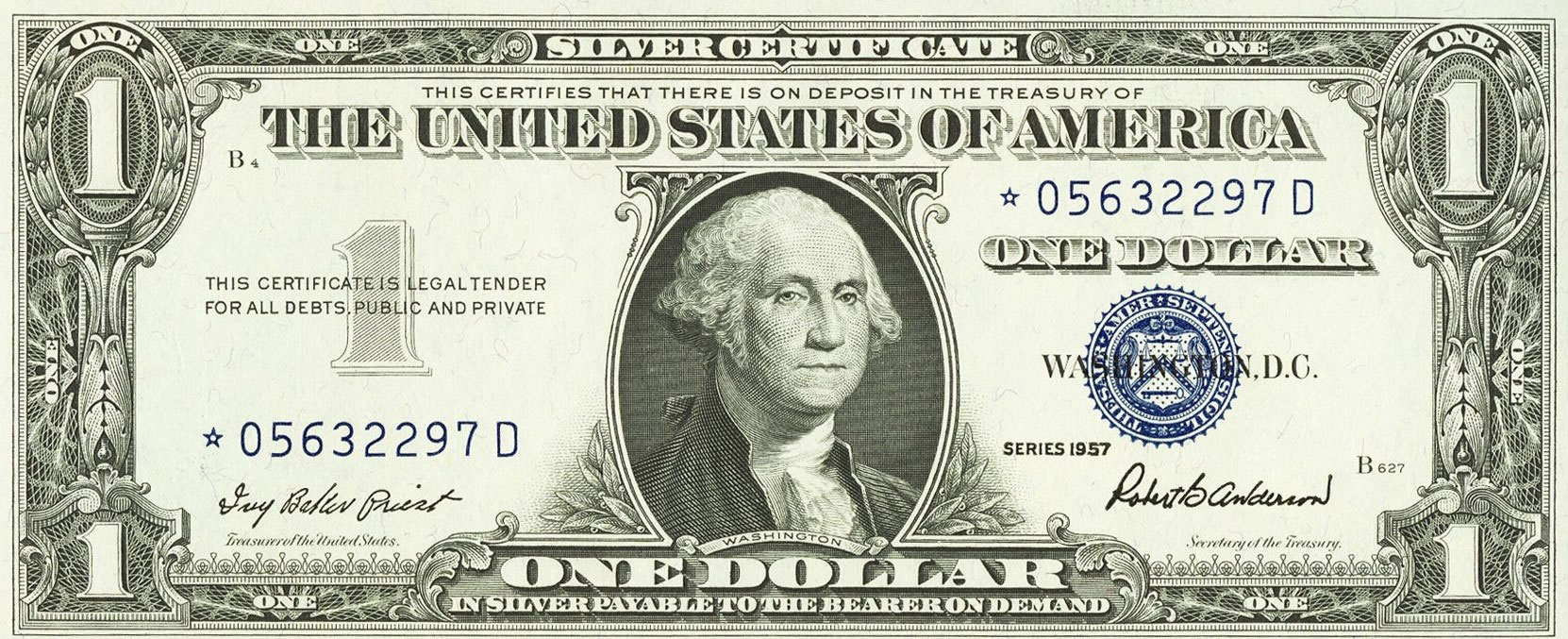
1957 Silver Certificate Lookup: Value & More
Examining the alphanumeric code printed on a 1957 series currency note, specifically a silver certificate, to potentially ascertain information regarding its origin or assess its…
-

Your One Dollar Silver Certificate Worth + Values
The monetary value of a specific type of U.S. currency, the one dollar silver certificate, fluctuates based on several factors. These factors include its condition,…
-

Rare $5 Silver Certificate Bill: Values & History
This particular denomination of United States currency represents a specific type of paper money issued in the past. These bills were unique because they were…
-
Rare 1953 $5 Silver Certificate Value & Info
This currency, issued by the United States government, represents a specific type of paper money circulated in the mid-20th century. It is distinguished by its…
-
Value of 2 Dollar Silver Certificates? +Worth Guide
The value of a specific type of United States currency, specifically a denomination of two dollars issued as a silver certificate, is a fluctuating figure…
-
Unlock: 1957B Silver Certificate Value + Guide
The worth of a 1957B series currency note, backed by silver, is contingent upon several factors. These include its condition, rarity, and overall demand in…




